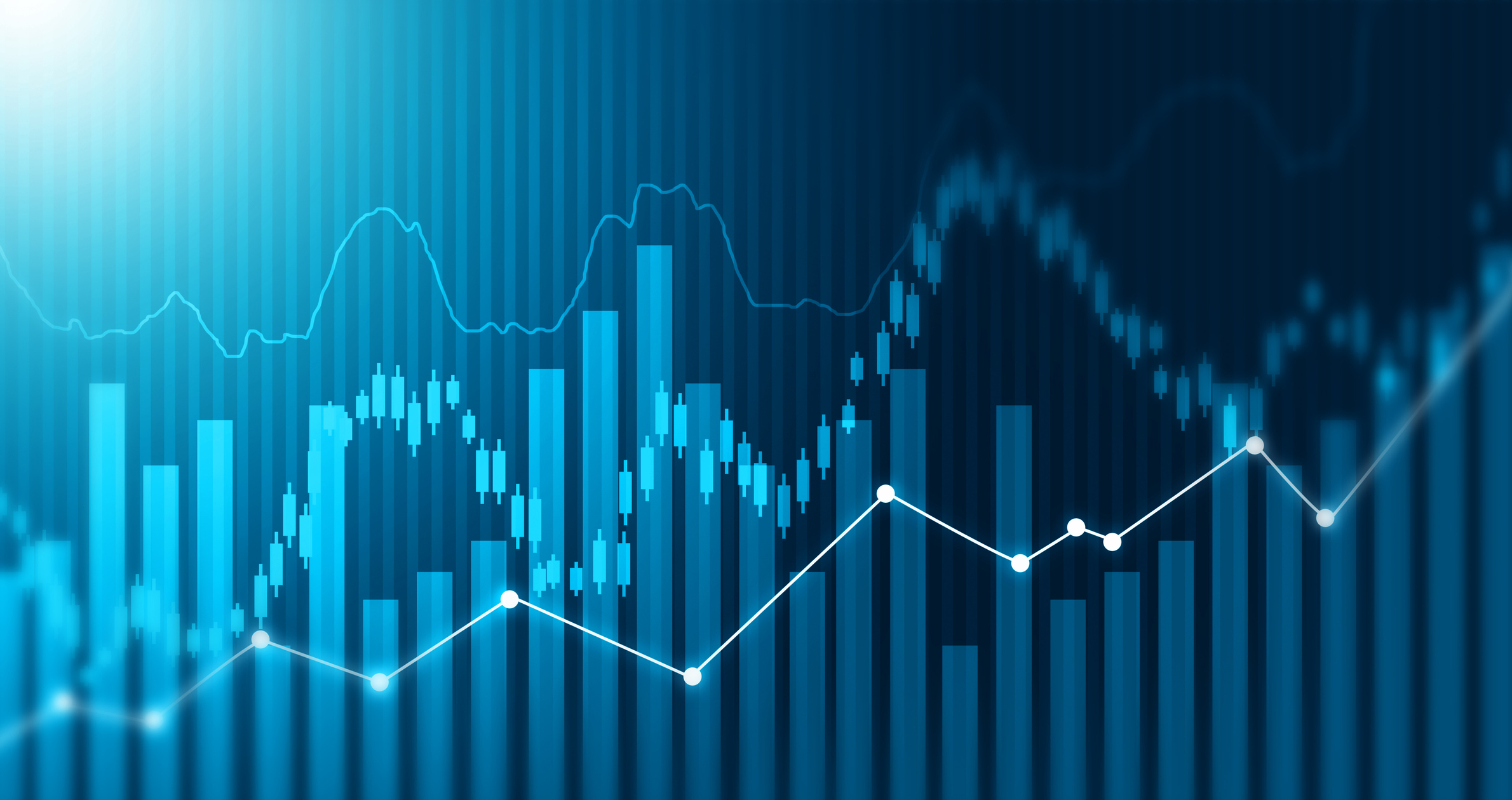Did you notice the market rebound? Perhaps lower prices at the gas pump? We talked with our President and CEO, John Slavic this week to get his take on the state of the economy and what it means for you.
Q: Why is the Federal Reserve continuously raising interest rates?
The Federal Reserve began raising rates by 0.25%, 0.50% and then four times at 0.75%. The reason? The steepest increase in inflation had taken place following the pandemic shutdown, along with $6 trillion of stimulus to bring fiscal relief through joint efforts of the Federal Reserve and Congress. The magnitude of that financial insert has been far greater than most people can imagine. If $1.00 equals one second, it takes 32,709 years to equal $1 trillion — more years than all recorded history put together. And there are six of those that were injected into the economy within a two-year timespan.
In 1982, Federal Reserve Chairman Paul Volcker established monetary policy, by raising interest rates in the face of high inflation that manifested from the 1970s. Raising interest rates, was and is the key to keep inflation at about 2%: the Fed’s target for a few decades now. In turn, that’s why we’ve seen the economy begin to grow and expand in very consistent ways. The stock market of course is a reflection of that.
The question is, has inflation peaked? Or are we still in an entrenched pattern of an 8% plus inflation rate? The latest consumer price index (CPI) report indicated a surprising drop in inflation, which wasn’t too much of a surprise with grocery and gasoline prices decreasing. However, this one report prompted the stock market to respond with an 1,100-point jump in the Dow in a single day! Clearly, investors are watching data releases like CPI carefully and the commentary following Fed minutes from various Fed officials. There is consistency between the Fed governors vocalizing the importance of data. I think there’s some anecdotal truth or confidence that we can have that inflation has peaked and is on its way down. Supply chain issues are less and less, and energy prices have moderated as much as they’re probably going to moderate from here. Importantly, one of the key things we’re beginning to see is a shift in the labor market. Recently, companies like Amazon, Microsoft, Facebook, and Twitter are laying off 10s of thousands of people. Not just a minor reduction or cutback in the rate of hiring, but mass layoffs. So, the frenetic pace of hiring is beginning to slow, quickly. Within the span of a few weeks, a change has occurred in the labor market. It will probably be one of the stickiest areas of inflation for companies to contend with. With that, I think the Federal Reserve has been right in its aggressive increase of interest rates. The question now is, will they continue? I think yes, but at a more moderate pace. Instead of 0.75%, it might be an 0.50% or 0.25% increase at the next meeting. The target probably being the 4-5% which is typically the sweet spot for interest rates in the economy. That’s where we’ve been for decades. The ultra-low rates that we once saw are a thing of the past. In this environment there’s still a lot of money sloshing around in the economy. That money is there to create what everyone is referring to as the soft landing. It may not precipitate the harsh reality of lots of people losing their job. The old adage is, if you lose the job, it’s a depression, if your neighbor loses a job, it’s a recession. In that context I think the soft landing is possible for a recession next year, but they’ll be enough dry powder in savings for it to not be as harsh as it could be.
Q: They say a recession is looming…. What can consumers expect?
I think a recession is imminent but will probably be shallow in nature. Not massive job losses like some of the companies mentioned earlier. Rather, consumers should expect some relief from the inflation experienced in the last year, with big discounts during the holidays because of retailers being overstocked. I also think we could see very aggressive online sales from apparel and other consumer goods. 70% of all economic activity is driven by the consumer, so the consumer will fare better through this recession than in previous recessions.
Q: The stock market has had a huge comeback since the end of Q3 – why?
The huge comeback in the stock market came with the inflation report that was a surprise to everybody, with a substantially lower inflation rate than expected. Still high by historical standards, but low in terms of the expectation. The stock market operates within a framework of expectation. The pricing of the stock market today is reflecting its view, six-to-nine to even 12 months into the future. Not for what’s happening today. The report indicated to the markets that inflation had peaked and that things are going to be better in the future. Hence, the big rally. That particular report supports what we’ve talked about consistently at Slavic401k: being invested for the long-term. If you missed the top ten days in the market, you almost reduce your return in half. Further, if you missed the top ten days in the last 20 years, your return is almost half than if you were invested throughout the good and bad times. The relief rally that’s taking place is an adjustment on the stock market of what is expected with inflation. So, the market was already deeply discounted, fearing a deeply entrenched inflation that could kind of persist at the eight-to-10% level for some time to come. That said, the last report was not just a minor drop, but a substantial one at that, down to 6.5% versus 8.3%. As such, the market responded favorably.
One thing that is true about this environment is, because we’ve never had this type of economic circumstance before in our lifetimes with a pandemic, and an economic shutdown with this tremendous stimulus infusion into the economy, most historical patterns don’t apply. It would be nice if we were in a more normal business cycle with the ability look back on historical patterns to easily predict what is going to happen. It’s difficult to do because there isn’t a historical precedent to rely upon. With that in mind, could the market continue to go higher? I believe it could, because the expectations for the market at this stage are substantially lower than they actually might turn out to be. Here’s the rationale behind it. With inflation, the price of goods has gone way up. With wage inflation, the cost of labor has also gone up. As such, big companies are operating with narrower profit margins, if not losses, than they would have in ‘normal’ times. So, the market is quick to react to that type of environment. If it turns out that the companies have greater profits than projected at this stage (which I think is very possible), the market could continue higher. The outcome of the midterm elections was good for the markets. The stock market responds favorably with a divided government, where one party doesn’t control the administration, the Senate, and the House of Representatives. This divide means government is less likely to insert itself into the workings of the economy and make changes, and the market likes that.
The commentary and market insights provided by John Slavic are for informational purposes only and do not guarantee future results.





